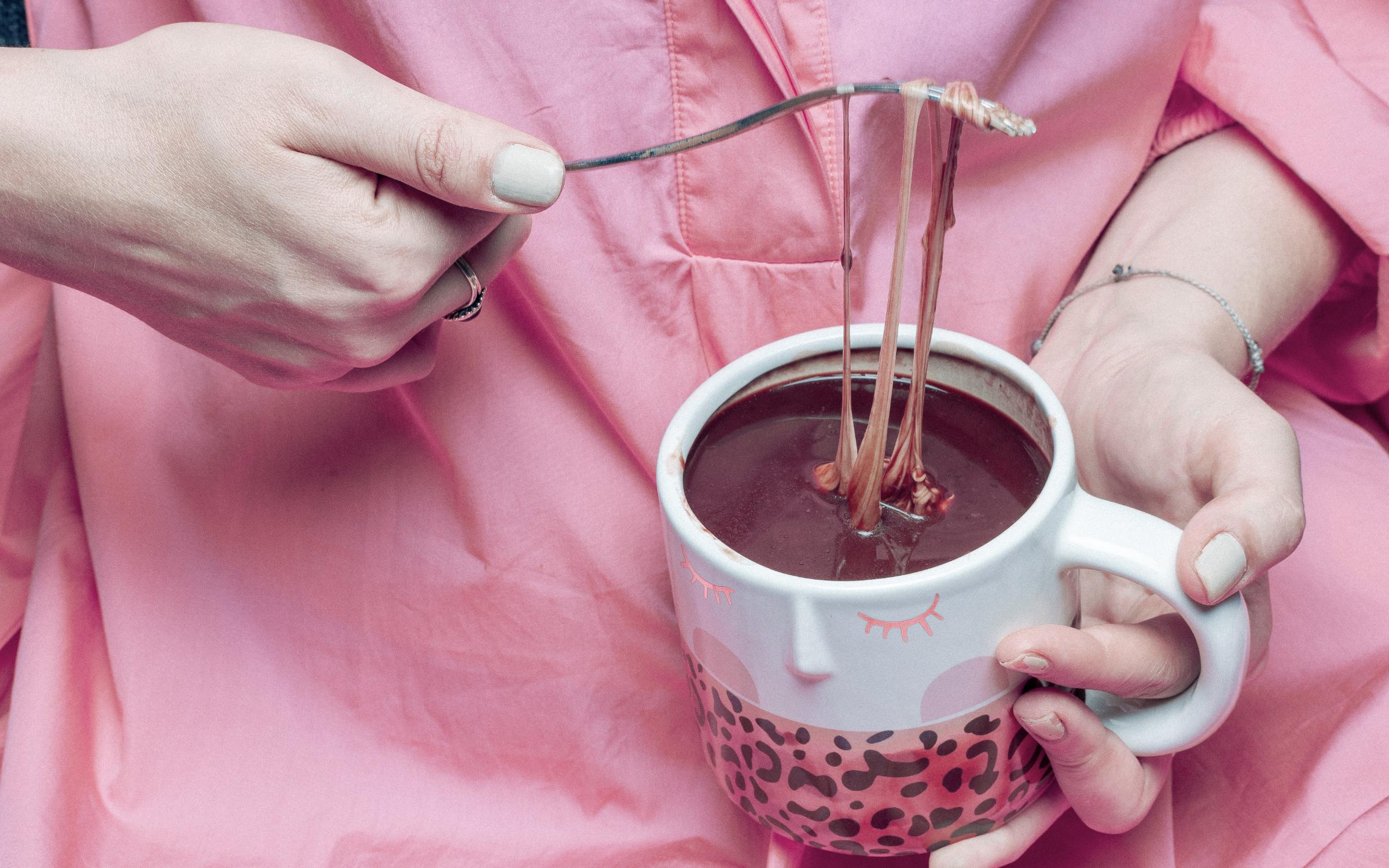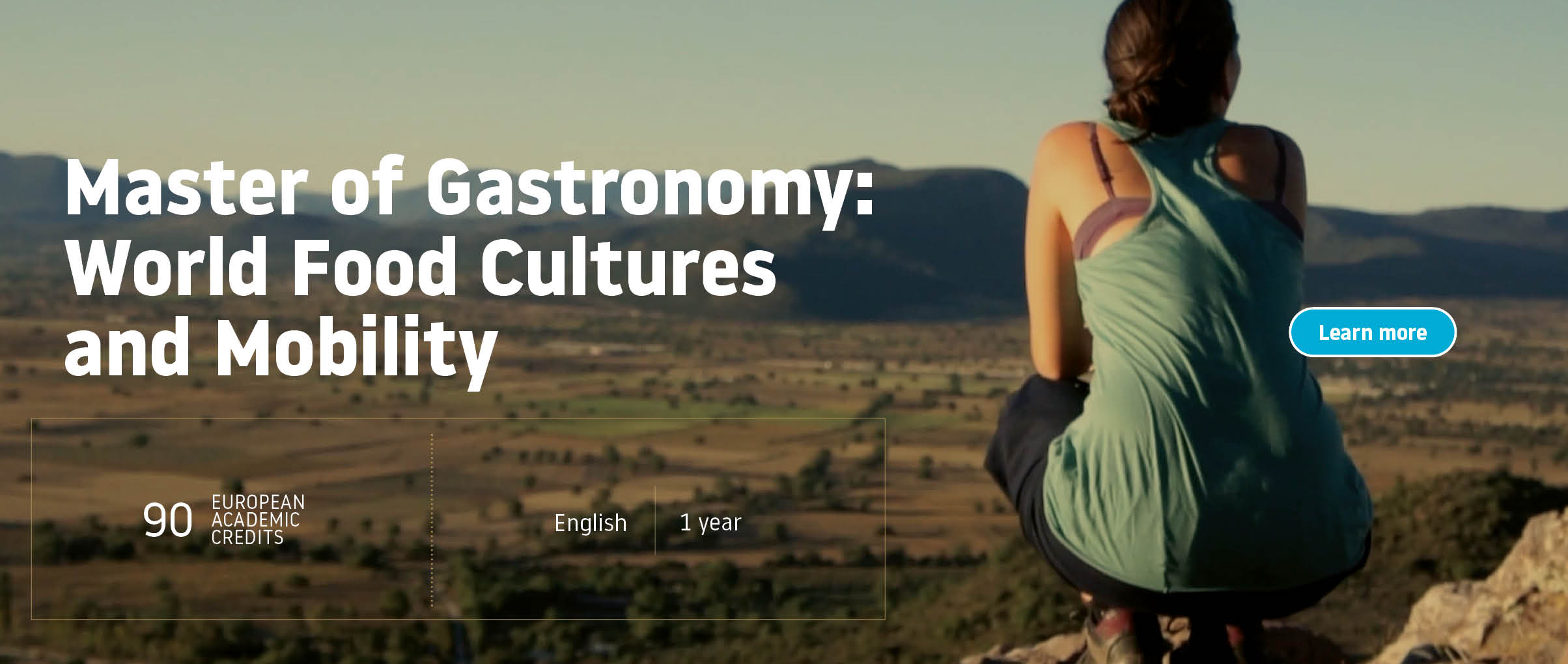The New Gastronome
Chocolate Santafereño
How to make your colombian hot chocolate “complete”
by Natalie Andrea Hoy
by Natalie Andrea Hoy

Growing up in the southern United States, I thought everyone in Latin America drank it like we did (there weren’t many other Latino people in my area). But, with the rise of social media, I quickly learned that it was not the case. In fact, many people saw our way of drinking hot chocolate as weird or even gross. You may be thinking, “What could be in this hot chocolate that makes people have such a visceral reaction?” Well, the secret ingredient is (drum rolls, please) cheese! That’s right; we put a bit of cheese in our hot chocolate before drinking it. It’s wonderfully sweet and salty, and the cheese gets nice and melty towards the end. It’s the perfect snack to eat right after sipping hot chocolate. Let’s be honest; we all crave something salty after eating something sweet (and vice-versa). If my description hasn’t convinced you, then you’re not alone. Unfortunately, many people hear this combination and immediately say “no.” Most are not willing to even try this classic Colombian combination. That’s why I wanted to write this article, hoping to defend my country’s way of enjoying hot chocolate and maybe even convince a few people to try it. But first, let’s dive a bit into the history of hot chocolate in Colombia and how we got to where we are today.
Cacao originated in Ecuador and was often used to create a sacred drink in the region. Thanks to Colombia’s geographical closeness to Ecuador, hot chocolate was initially used in a similar way. However, the drink was very different from how it is today. There wasn’t any sugar or milk added back then. It was quite bitter and not really something that was “enjoyed” on the daily. When European colonizers came to the region, they took this drink back to Europe and adjusted it to fit the Western taste buds (i.e. sugar and milk). Over time, the colonizers brought this “updated” hot chocolate back to Latin America, and it became a hit with the Colombian and Venezuelan upper class. Once chocolate became cheaper, this style of hot chocolate became popular with the masses. However, sugar was still expensive, so panela (unrefined cane sugar) was generally added for sweetness. Once the cheese was added to the mix, this style became known as Chocolate completo or chocolate santafereño. As you can tell by its name, hot chocolate isn’t complete without a bit of cheese. But how did we end up adding cheese to our hot chocolate? And why are Colombians the only ones doing it? Funny enough, no one actually knows. Every person I asked simply said, “Because that’s how we’ve always done it.” Which isn’t the most helpful answer in research. But one theory has come out of much research. This main theory states that the addition of cheese stems from what Colombians typically pair with chocolate completo. Chocolate santafereño is generally enjoyed with a side of almojábanas or pan de queso, which are soft cheesy pieces of bread. Since we’re drinking it with cheesy bread, why not up the cheesiness and add some inside the drink? It’s more efficient than having the sweet and salty parts separated. So, over time, this efficient method of adding cheese to hot chocolate became the norm and a go-to snack for many.
A. D V. E. R. T. I. S. I. N. G

Growing up, having cheese in my hot chocolate was completely normal, and I never saw it as something strange. But with the rise of social media, I started being sent TikToks and Instagram reels from friends of people trying chocolate completo with captions along the lines of, “Trying the World’s Weirdest Hot Chocolate.” And my friends’ messages weren’t exactly much different. I was constantly being asked how we could drink something so “strange” and “gross.” It was such a shock to me to see such harsh reactions to something that was such an integral part of my culture. As someone who grew up mostly in the United States, I understand how cheese in hot chocolate seems odd. However, it is a part of Colombian culture and daily life. To have such a visceral reaction to it feels, frankly, rude and ignorant. We all grow up with different cultures and traditions, so breaking out of our mindsets and preconceptions can be challenging. Whenever we’re exposed to something new and different, it is normal to be confused or not fully understand. Those feelings are valid, but we should move away from our instinct of pushing the “new” and “different” away.

To fully respect a culture, we must also appreciate its cuisine. There is nothing wrong with disliking a food, but there should be an attempt to try it and get out of your comfort zone. Most of you reading this will find that you actually enjoy chocolate completo once you give it a taste. If you’re still unsure, think about it this way. When you make chocolate chip cookies, what ingredient takes them to the next level? Salt, of course! A little bit of salt enhances the flavors of chocolate and creates a much more complex gastronomical experience. Colombian hot chocolate is exactly the same. Adding a bit of salty cheese to the cup makes the chocolate’s notes more pronounced. So, leave your comfort zone and give Colombian hot chocolate a chance! You’ll be happy you gave it a try.
Chocolate Completo Recipe:
Ingredients
One tablet of Abuelita hot chocolate
4 ½ cups whole milk or water
4 small cubes of string cheese
Instructions

What to Pair it with:
Almojàbanas Recipe
Ingredients
Instructions
Arepa Recipe
Ingredients:
2 cups pre-cooked corn flour
2 teaspoons salt
2 cups warm water (add more if needed)
Butter
Instructions:
The opinions expressed in the articles of this magazine do not necessarily represent the views of
The New Gastronome and The University of Gastronomic Sciences of Pollenzo.
Photos ©Aarón Gómez Figueroa